 Hypertension is a series of clinical symptoms marked by increase of blood pressure in the arteries of blood circulation, according to the criteria suggested by the World Health Organization. Adults with systolic pressure greater than 140 mmHg and/or diastolic pressure greater than 90 mmHg can be diagnosed with hypertension (the result of three tests taken intermittently in one day).
Hypertension is a series of clinical symptoms marked by increase of blood pressure in the arteries of blood circulation, according to the criteria suggested by the World Health Organization. Adults with systolic pressure greater than 140 mmHg and/or diastolic pressure greater than 90 mmHg can be diagnosed with hypertension (the result of three tests taken intermittently in one day).
How does Traditional Chinese Medicine (TCM) diagnose hypertension?

Hypertension is similar to dizziness and vertigo in traditional Chinese medicine (TCM). It is usually thought to be caused by emotional factors, constitutional deficiencies, diet and stress that lead to an imbalance of yin and yang in the liver, spleen and kidney*. Eventually this can result in hyperactivity of liver fire, or phlegm disturbing the upper, or frequent weakness of kidney yin and the failure of yin to control yang.
How does TCM usually treat hypertension?
It is essential to differentiate hypertension which is caused by excess from that which is caused by deficiency. TCM usually treats hypertension with body acupuncture, ear acupuncture, and herbs, but depending on the cause, the acupuncture points selected, techniques, and herbs will be different. The treatment for the excess type is to calm the liver to stop wind, eliminate fire and resolve phlegm. For hypertension caused by deficiency the approach is to replenish qi and blood, while nourishing the liver and kidney.
Case Study – Mr. High
Mr. High, 65 years old, has been diagnosed with hypertension for 10 years. He told Dr. Tan that he was experiencing dizziness, headaches, red eyes, a bitter taste in his mouth, restlessness, irritability, and poor sleep. He came for acupuncture twice a week for a month and was prescribed Chinese herbs.
Dr. Tan used the following acupuncture points: GB 20, LI 11, LI 4, SP10, ST 40, LR 3, and HT7. His herbal prescription was a modified Longdan Xiegan Tang formula. One month after the treatment, all his symptoms were relieved and his blood pressure was stabilized.
Dr. Tan’s Tips
Dr. Tan also recommends qigong exercises to help his body to regain the balance of yin and yang, calm the liver, eliminate fire, and replenish qi and blood. From a TCM perspective, it would also be better for hypertensive patients to eat more fruits and vegetables and less greasy and spicy food. Also it is advisable to avoid seafood which from the TCM perspective is stimulating and cold in nature. Food that is cold in nature promotes dampness and phlegm, which can make dizziness and vertigo worse. Fish is relatively better than shrimp and crab.
Herbal Foot Soak
This herbal foot soak can help to relieve vertigo, tinnitus, headache, limb numbness, and insomnia. To prepare the foot soak, cut the herb Gouteng (Gambir vine stems) into small pieces and wrap in a cloth with a littleBingpian (Borneol) and steep them in warm water. Soak the feet twice a day after getting up and before going to bed, 30-45 minutes each time and 10 days as a treatment course. These herbs require an herbal prescription.
Unique Herbal Prescriptions
Patients who suffer from high blood pressure should make an appointment with a licensed acupuncturist and herbalist as every person is unique. The practitioner will take a full medical history and do pulse and tongue diagnosis to determine the best acupuncture plan and herbal prescription.
*organs in italics refer to meridians in Chinese medicine, not actual organs.
Written by:
Dr. Shengyan ‘Grace’ Tan is a faculty member at AOMA and sees patients in the professional clinic.



-resized-600.jpg?width=260&height=343&name=acupuncture_(8)-resized-600.jpg)

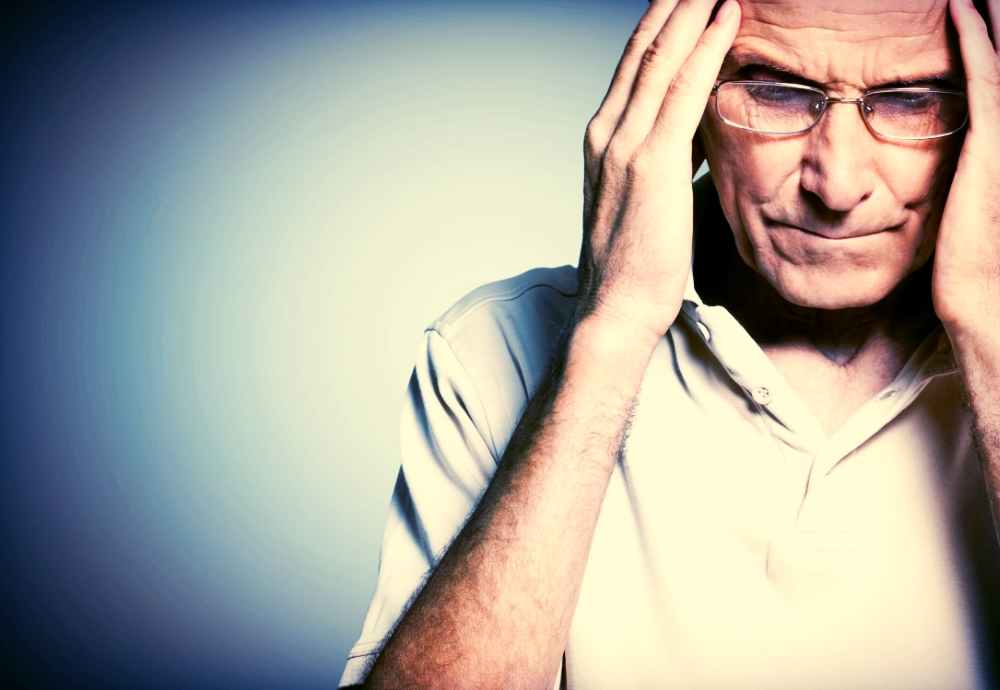
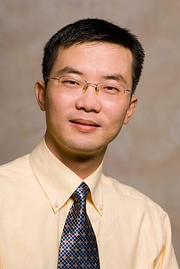

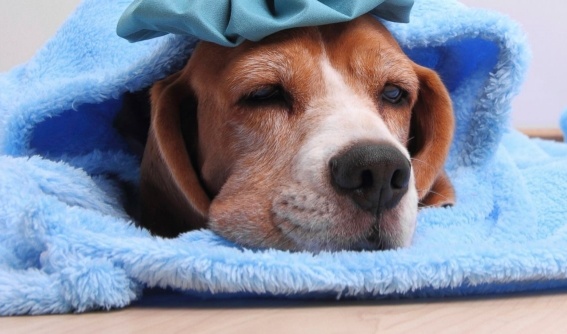

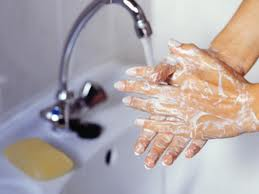 4. Clean your hands.
4. Clean your hands.

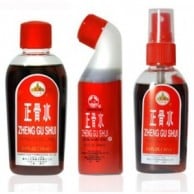 The medicinal effects of the herbs are as follows:
The medicinal effects of the herbs are as follows:.jpg?width=278&height=251&name=herbs_(2).jpg) O) serves as the authority for health and health care within the United Nations system and is leader on global health matters. In addition to playing a key role in medical research, establishing health care standards and policy, the WHO also monitors and assesses emerging trends in global health.
O) serves as the authority for health and health care within the United Nations system and is leader on global health matters. In addition to playing a key role in medical research, establishing health care standards and policy, the WHO also monitors and assesses emerging trends in global health.
 Food is medicine and ancient cultures like China and India have been implementing this knowledge for centuries. Michelle Schreiber also takes this statement seriously at her acupuncture practice
Food is medicine and ancient cultures like China and India have been implementing this knowledge for centuries. Michelle Schreiber also takes this statement seriously at her acupuncture practice 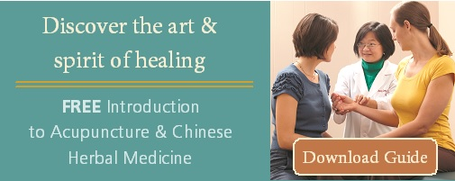
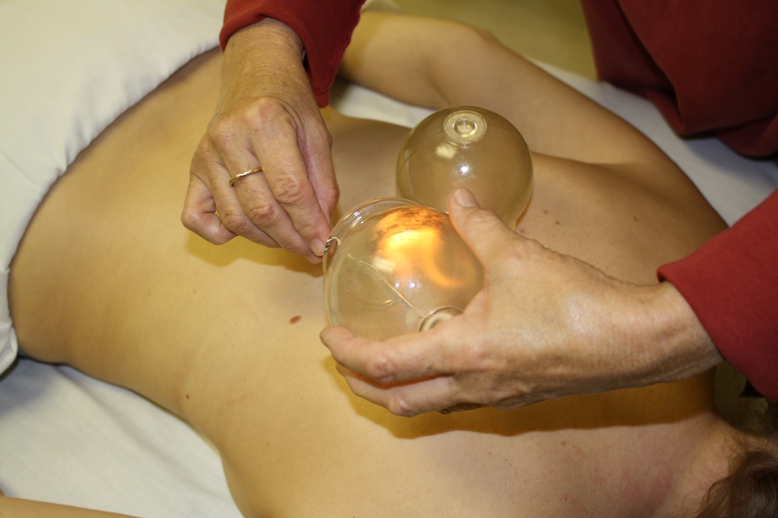 Cupping is used for many conditions including:
Cupping is used for many conditions including: 